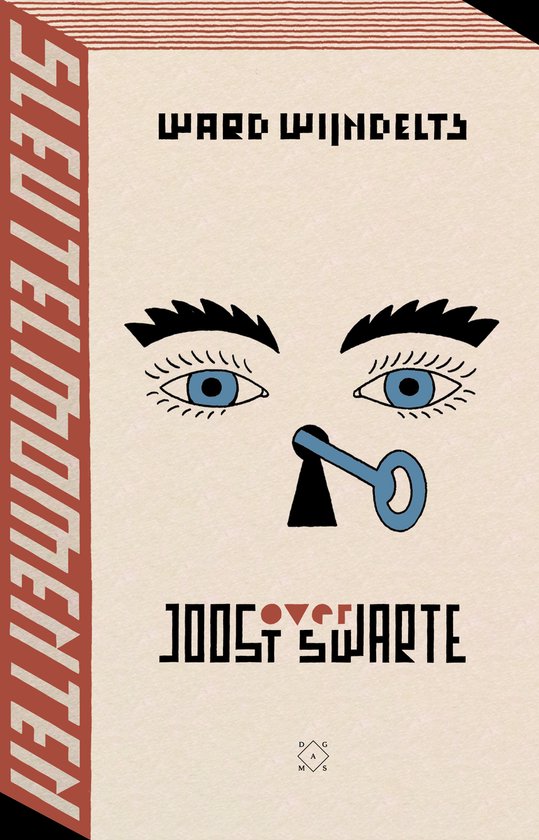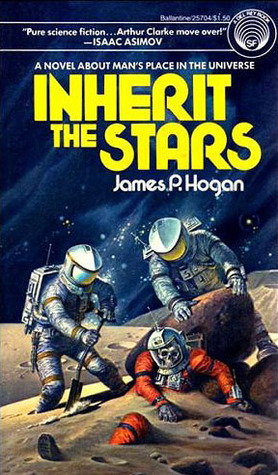
From This Day Forward
John Brunner
176 pages
published in 1972
Because I’m easily influenced, when I saw James Nicoll’s review of this, I went digging through my shelves of Yellow(ing) DAW paperbacks to see if I had it. Which indeed I did. As I had a two hour long commute the next day, I thought this slim, 176 page could be easily finished during it. Alas, I spent too long doom scrolling first so irritatingly the very last story had to be finished on the way back.
John Brunner is not a writer I’ve read many sort stories of and certainly not any I can remember of the top of my head. From me he’s always been a novelist first and foremost, mainly thanks to his quartet of dystopian novels he wrote in the late sixties to mid-seventies: Stand on Zanzibar (1968), The Jagged Orbit (1969), The Sheep Look Up (1972) and The Shockwave Rider (1975). Each of those tackled a different fashionable doom, from overpopulation and pollution to the threat of computer hackers. Before that, Brunner had been mostly writing decent but unremarable pulp sf, making the same sort of career change as Robert Silverberg did in the US when the New Wave struck.
It’s not just that Brunner tackled serious topics in a pessimistic manner, running counter to the strapping can-do attitude of Campbellian science fiction, but that he actually used literary techniques no self respecting Analog writer would wish to be associated with. Stand on Zanzibar especially benefited from Brunner adopting John Dos Passos’ fragmented story telling techniques Passos had developed for his U.S.A. trilogy, dragging science fiction kicking an screaming into the cutting edge of 1930s literature.
Not that any of this is noticeable from this particular collection, spanning stories published from 1955 to 1972. None of the literary sparkle of those four novels is present here. These are straight forwardly told tales, of a type that any science fiction writer of the period could’ve written. These are all classic O’Henry-esque twist stories, something an Asimov could’ve also written. The only difference perhaps being the faint pessimism most are infused with. It’s instructive to see where these stories were first published, from New Worlds< and The Magazine of Fantasy & Science fction to Analog and Galaxy, running the entire spectrum of sf magazines.
This is the sort of science fiction story I grew up on and reading these felt like coming home. If none of them were particularly memorable, at least they were entertaining. If you’re new to Brunner this isn’t the best book to pick up. You’re better off trying one of the Doomsday Quartet novels I mentioned above. From This Day Forward contains the following, as taken from the ISFDB:
[1] • A “From This Day Foreword”, As It Were • (1972) • essay by John Brunner
[2] • From This Day Forward (frontispiece) • interior artwork by Jack Gaughan
7 • The Biggest Game • (1956) • short story by John Brunner
18 • The Trouble I See • (1959) • short story by John Brunner
28 • An Elixir for the Emperor • (1964) • novelette by John Brunner
48 • Wasted on the Young • (1965) • short story by John Brunner
60 • Even Chance • (1965) • short story by John Brunner
72 • Planetfall • (1965) • short story by John Brunner
89 • Judas • (1967) • short story by John Brunner
96 • The Vitanuls • (1967) • short story by John Brunner
115 • Factsheet Six • (1968) • novelette by John Brunner
141 • Fifth Commandment • (1970) • short story by John Brunner
157 • Fairy Tale • (1970) • short story by John Brunner
169 • The Inception of the Epoch of Mrs. Bedonebyasyoudid • (1971) • short story by John Brunner
175 • The Oldest Glass • (1972) • poem by John Brunner



